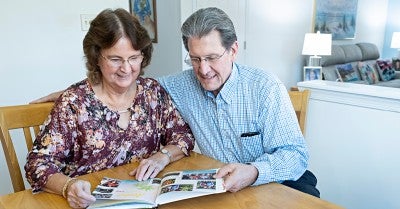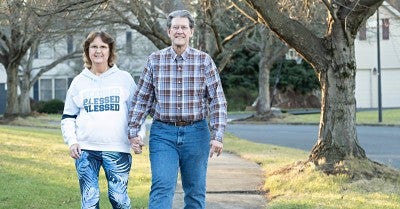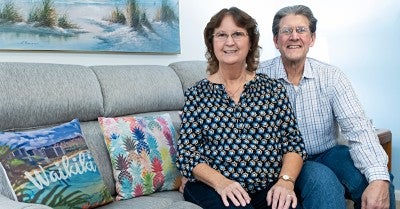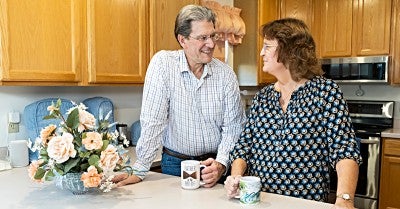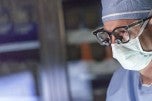
Thirty-eight years ago, Wendy Reiss and her husband, Barry Reiss, stood in front of the people they love the most and made a promise to each other – to be there for one another through it all. A year ago, their promise of “in sickness and in health” took on a whole new meaning.
It started in 2005, when Wendy recognized something wasn’t right with her health. She was drinking water as if her body couldn’t get enough of it. She also needed to urinate constantly. It reached the point where proximity and access to a bathroom dictated her life. Avid travelers, Wendy and Barry went from being frequent flyers, with 19 trips to Hawaii in the books, to traveling less and keeping their trips closer to home. Then her profession was affected: Wendy had to walk away from her 32-year career as an operating room registered nurse (RN) at Lehigh Valley Hospital–Cedar Crest.
She was experiencing other symptoms, too, such as pure exhaustion. At night, Wendy would often fall asleep an hour after eating dinner because of her kidneys’ inability to properly process the meal. Wendy knew it was time to do something about her health and she turned to Lehigh Valley Health Network (LVHN) for help.

